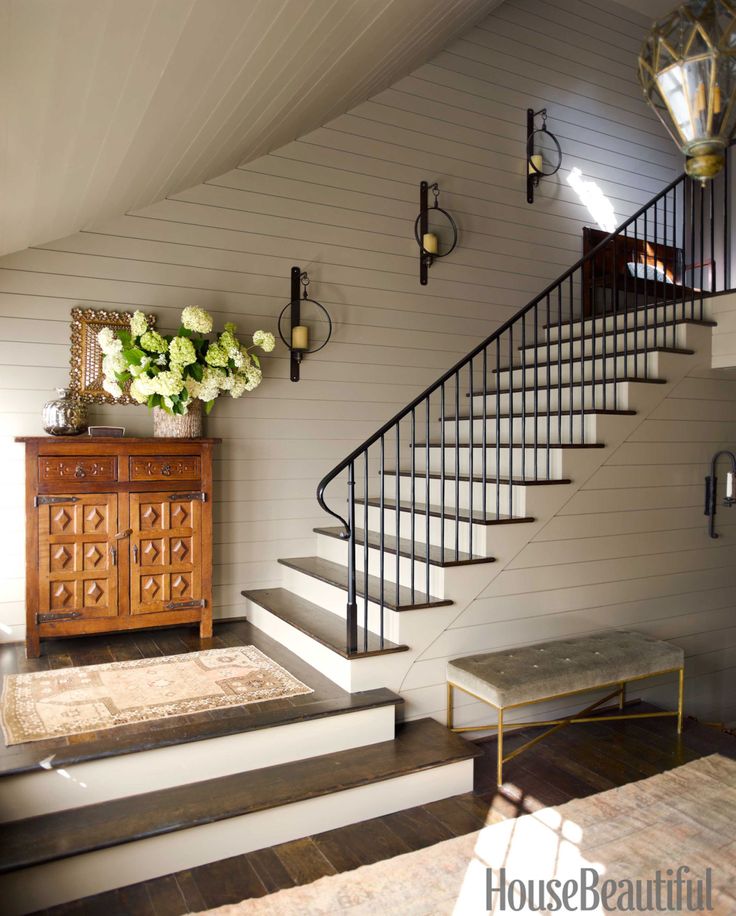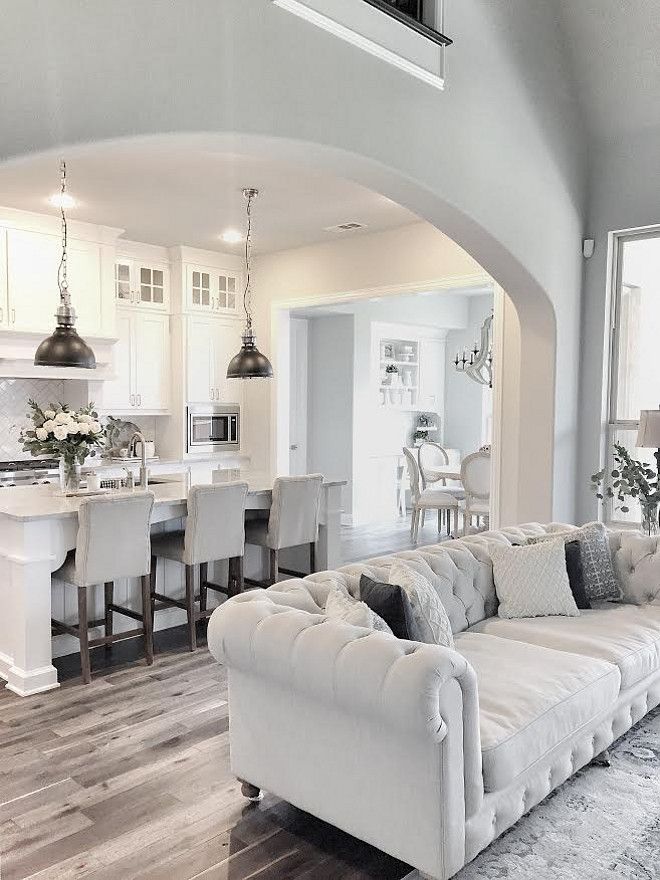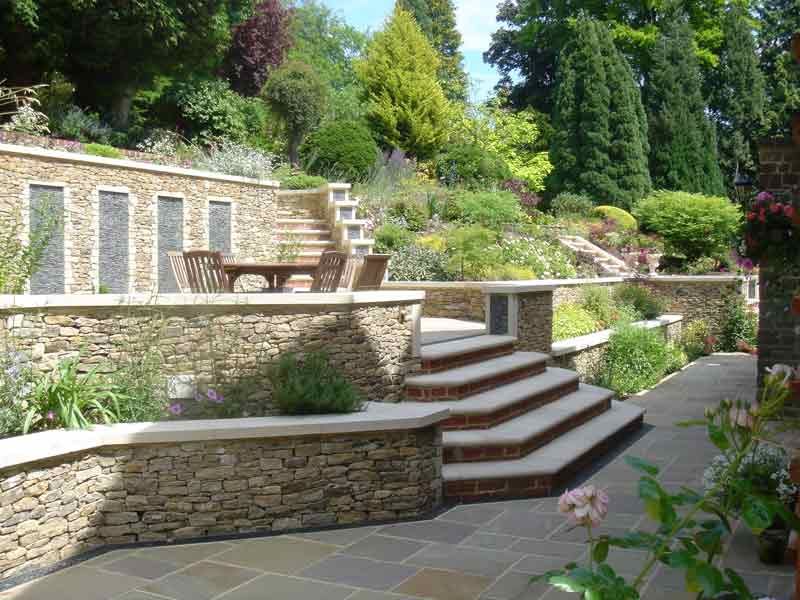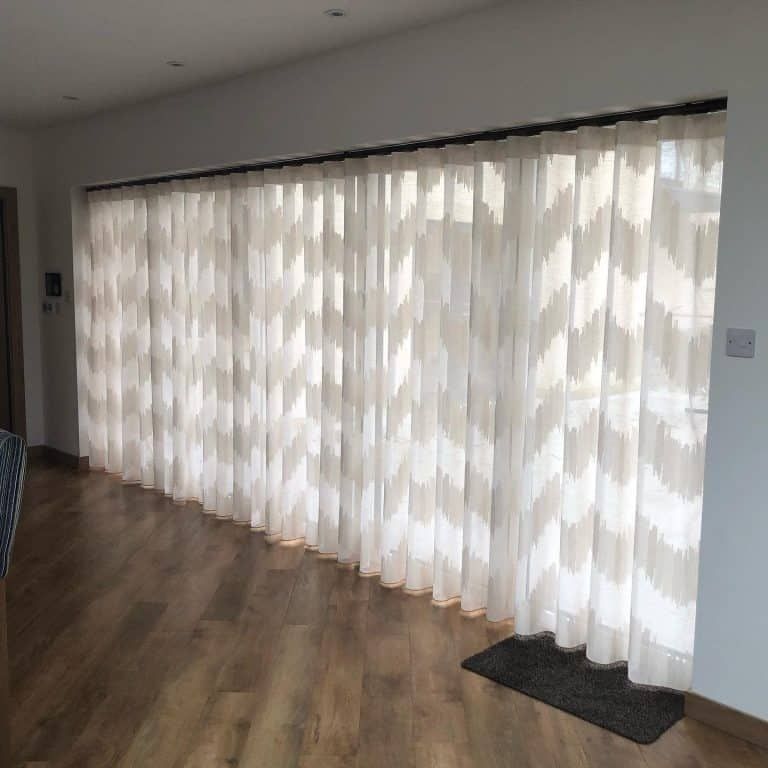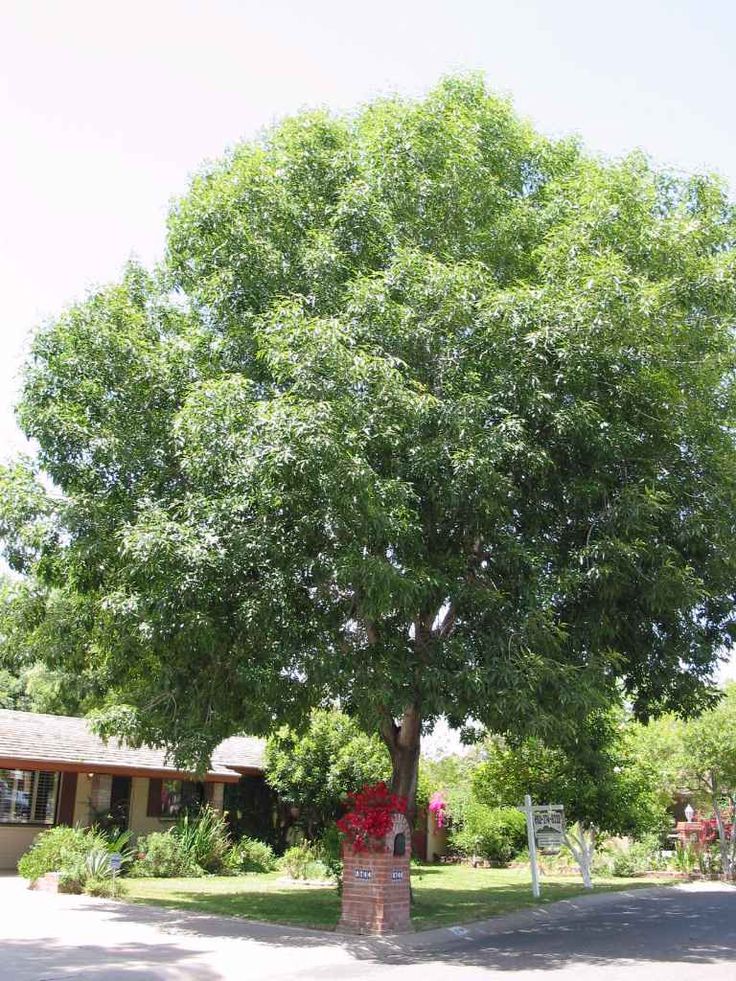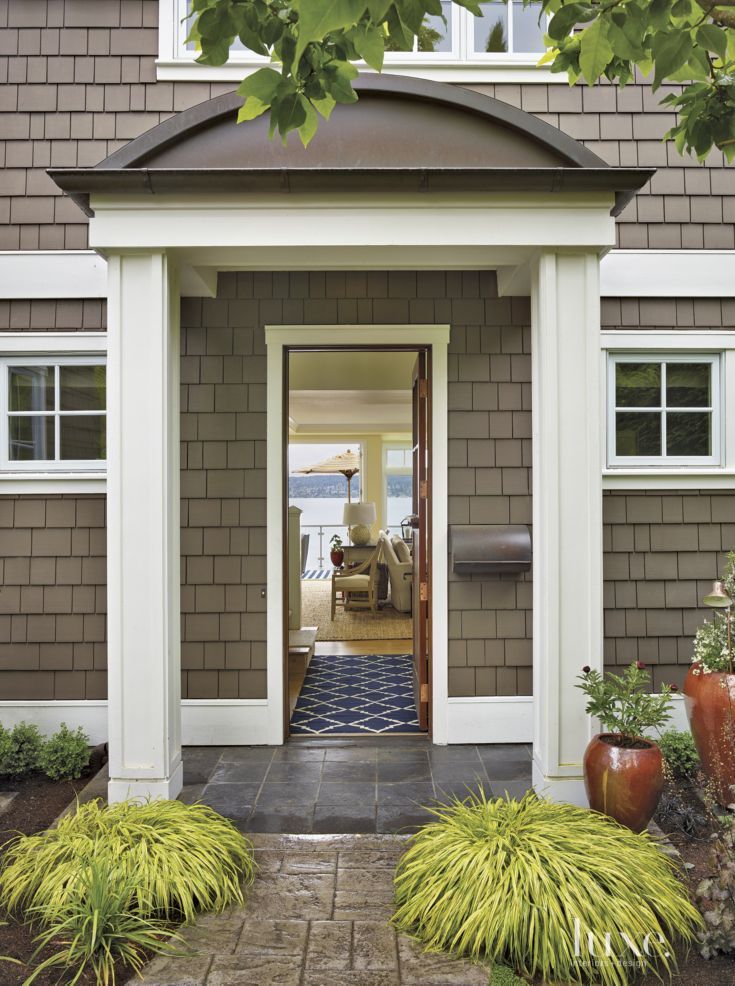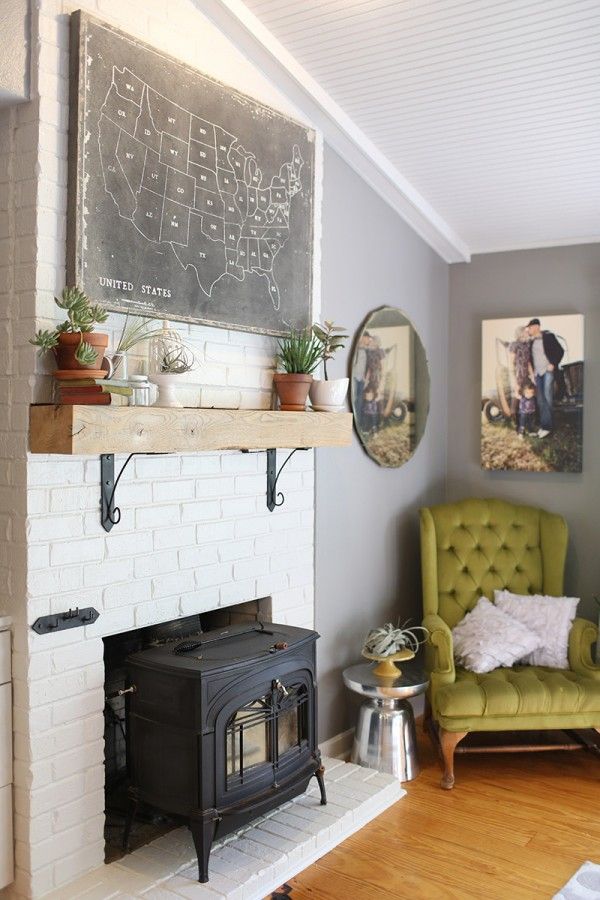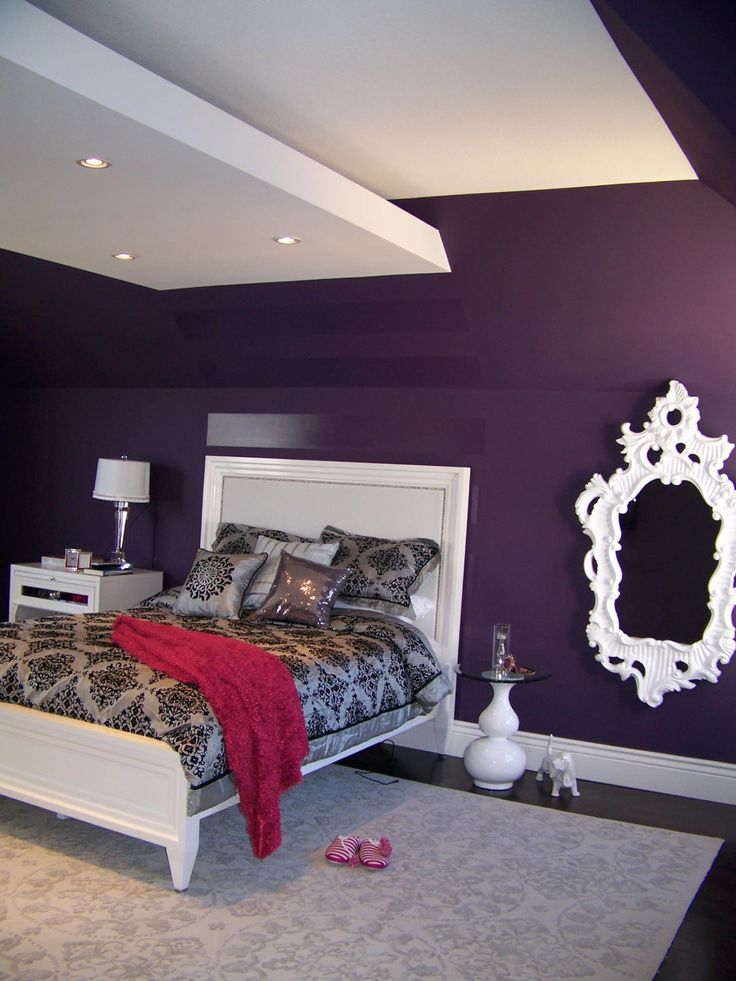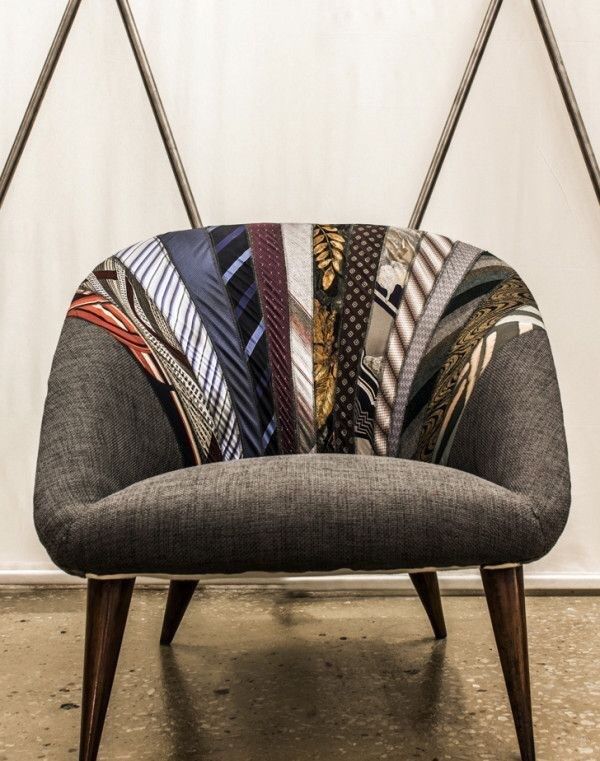Decorating a landing
Landing ideas: how to decorate large and small areas to maximise space
These wonderful landing ideas will help you see this typically abandoned space in a different light.
Landings are a woefully underused space in most homes, often treated as an area to quickly pass by, not one to spend time in. But every square inch counts in a functional modern home, making a humble landing a valuable space deserving of as much thoughtful decorating as your hallway ideas.
Whether your landing is small and restricted on what you can do with the decor, or large in size and feeling like a wasted opportunity to utilise the space, there's an idea to suit every need. From thoughtful feature walls – that make more of a design statement – to using the empty landing for alternative storage, it's time to capitalise on this unloved space in our homes.
Landing ideas for stairways of all sizes
The landing is most likely the last place you consider when it comes to styling your home, but the right idea goes a long way to unifying your decor and making more of the space you have. With a beautiful range of staircase ideas on offer, it's a shame for statement stairs to lead onto an underwhelming landing.
You can make a landing more than merely an area with rooms leading off it, and all it to become its own entity.
Here are our favourite uses of this undervalued extra space…
1. Give it some star quality
(Image credit: Future / David Woolley)
Making more of your landing doesn't have to cost a fortune. It's easy enough to give it some design love even on a budget.
Stripped wooden floorboards are a nice complement to dark stair decorating ideas that look great teamed with white painted walls and are an inexpensive option. But they can be noisy upstairs. So solve two design dilemmas in one with a black and white star patterned rug.
Its soft texture will help absorb sound from heavy footsteps, while the rug's graphic design will create a stylish focal point. Repeat the shapes or motifs on artworks or wall hangings to pull the look together.
2. Flood it with light
(Image credit: Future / Colin Poole)
If your landing is dark, adding a skylight or two can make a huge difference. It may not be as expensive or involved as you think either. Velux windows can often be installed in a few hours.
Want it even brighter? Be inspired by open stair ideas and take it further with a glass balustrade, so all that extra natural light can flood through the floors.
3. Contrast woodwork and walls
(Image credit: Future / Brent Darby)
If your home is blessed with beautiful architectural features, such as original bannisters, skirting boards and door architraves, contrast them against the walls, so that they stand out.
It is easy to learn how to paint skirting boards to make a statement. Against white walls, woodwork painted with black eggshell looks eye-catching and elegant.
'Skirtings and architraves see more action than walls so require a stronger paint,' says colour and paint expert, Annie Sloan . 'Something with a sheen will give greater protection. Paint walls first then the architraves, using a small brush and masking or painter's tape to protect the walls from the other colour.'
'Something with a sheen will give greater protection. Paint walls first then the architraves, using a small brush and masking or painter's tape to protect the walls from the other colour.'
4. Opt for an ombre effect
(Image credit: Future / James Merrell)
Many landings have a narrow wall with a long drop between two floors. If that's the case for you, turn this into a fabulous feature wall idea with a gorgeous graduated ombre effect.
Designers Guild's Saraille wallpaper with its beautiful ombre toning would work well here. Alternatively, find a good professional decorator who may be able to achieve a similar look for you with paint effects.
5. Jazz up the floor with striped carpet
(Image credit: Future / Colin Poole)
A bold striped carpet will give your landing a lift visually, it may have many other benefits too.
‘Patterns are perfect for high-traffic areas like hallways and staircases, where dust and dirt are repeatedly trodden into the carpet,’ says Lisa Conway, manager at Brintons.
'The flooring is the item which is likely to have the longest life span in an interior so it’s important to get this right and to invest in quality,' adds Jodie Hatton, residential design manager at Brintons .
'Wool carpet provides comfort underfoot whilst insulating your home and helping to reduce energy costs. Wool has the ability to bounce back so your carpet will be much longer lasting, as well as being inherently hypo-allergenic and stain resistant.
'It absorbs sound to give a sense of calm and tranquillity and is naturally fire resistant too. In addition, a wool carpet will also pick up less dust as wool is naturally anti-static.'
6. Encourage a climbing plant
(Image credit: Future / Simon Whitmore)
Plants love light and some species can grow extremely tall. So encouraging a climbing plant from the ground floor up through the bannister rail is a fun houseplant idea to add greenery to your landing.
Make sure your plant has a moss pole or stick to wrap itself around, then you can train it to climb. 'Great climbing plants for beginners are the Epipremnum varieties like Devil’s Ivy also known as Golden pothos,' says Jemma Charman, co-founder, Green Rooms Market .
'Great climbing plants for beginners are the Epipremnum varieties like Devil’s Ivy also known as Golden pothos,' says Jemma Charman, co-founder, Green Rooms Market .
'They are such quick growers and tolerant of low light levels. Although they will grow quickest in bright indirect light. They will also tell you when they need water as the leaves will start to curl.'
7. Choose a cheerful colour
(Image credit: Future / Katie Lee Photography)
Consider taking your hallway wallpaper ideas up on to the landing. This will create continuity between the ground and first floors. And if you choose a cheerful colour like yellow for your wallpaper or paint, you'll be lifted by its sunshine hues even on the greyest of days.
8. Hang family photos in white frames
(Image credit: Future / Matt Cant)
The landing often provides a good expanse of wall space, which is why along with stairway walls they're popular places for gallery walls. If you have tons of gorgeous family photos on your phone, get them printed and framed and hang them in your hallway or landing.
This will personalise your space and enable you and others to enjoy the treasured memories. For a smart uniform look, print the photos in black and white and choose white frames.
9. Paint panelling in an accent shade
(Image credit: Future / David Merewether)
If you'd rather not repeat the wall colour in the hallway across your landing walls, use it as an accent shade instead.
Here the blue on the hallway walls has been used for the wall panelling and as a trim below the bannister and on the door frames to visually connect the two floors.
The blue border on the stair runner and bright curtains enhances the effect.
10. Fit a full length mirror
(Image credit: Future / Colin Poole)
The narrow space at the end of a landing is often just the right size for a full length mirror. This is a brilliant way to increase the amount of natural light on your landing, reflecting it from surrounding windows.
It also provides the opportunity for a last minute outfit check, before you head out of the door.
11. Set up a space-saving home office
(Image credit: Future PLC/ Amanda Turner)
Small home office ideas have become the must-have for the modern home, where multiple family members might need their own quiet spot to do business. And while working at home is great, it can feel a little bit like you live in the office if you don't have the luxury of a dedicated space you can walk away from after work hours.
The expanse of space on this landing is plenty big enough for a small desk and means you don't have to work in rooms which feel more personal, such as bedrooms or living rooms. Having the ability to step out of a main living room into a desk area that is detached from where you socialise helps to adjust your mindset to work mode.
12. Keep it clutter-free and simple
(Image credit: Future PLC)
Avoid overcrowding a landing space by keeping the decor simple. As this home shows, you don't have to do a lot to your landing to make it stand out.
We love the statement glass stair panels and complementary globe drop glass pendant stairway lighting idea. Simple artwork on brilliant white walls provides a chic gallery feel – simple yet highly effective. The vast glass windows adds light and a lovely view as you head back downstairs.
13. Reflect light with mirrors
(Image credit: Future PLC/ Lizzie Orme)
When a landing is small and lacking natural light a mirror is the answer. Hanging a decorative mirror helps bounce light around the space to make it feel airy and more open.
Using multiple mirrors creates an alternative gallery wall, to add a stylish touch to the decor. Similarly a large mirror in the same place, on the wall at the top of the stairs, helps to fill the space with extra light and interest.
14. Introduce a focal point with a feature wall
(Image credit: Future PLC/ Simon Whitmore)
Make more of a statement of this 'passing-through' area of the home by creating a feature wall with a decorative wallpaper idea.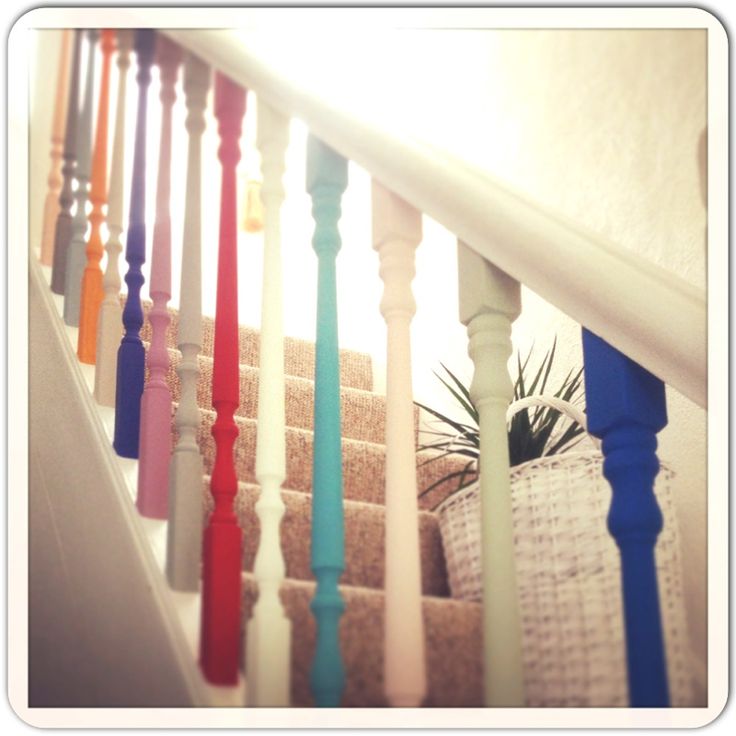 The landing is often neglected when it comes to using pattern and colour because we tend to save that for rooms where we feel a closer connection, such as living rooms and bedrooms.
The landing is often neglected when it comes to using pattern and colour because we tend to save that for rooms where we feel a closer connection, such as living rooms and bedrooms.
But when you think about it the landing is one of the most-used 'rooms' in the house, albeit one that we're constantly passing through. Give this space the attention it deserves with a focal feature wall.
15. Turn a landing into a library with bookshelves
(Image credit: Future PLC/ Colin Poole)
A landing space is the ideal spot to place slimline bookcases, to avoid overcrowding the living room furniture layout. Choose slimline bookcases to line the corridor between rooms – we guarantee the whole household will love this homemade library. Colour-coding books will add a further decorative touch to this practical idea.
If adopting this idea just be sure not to restrict the width of the pathway too much. In an already small space the key is balance – serving purpose without compromising on needed space.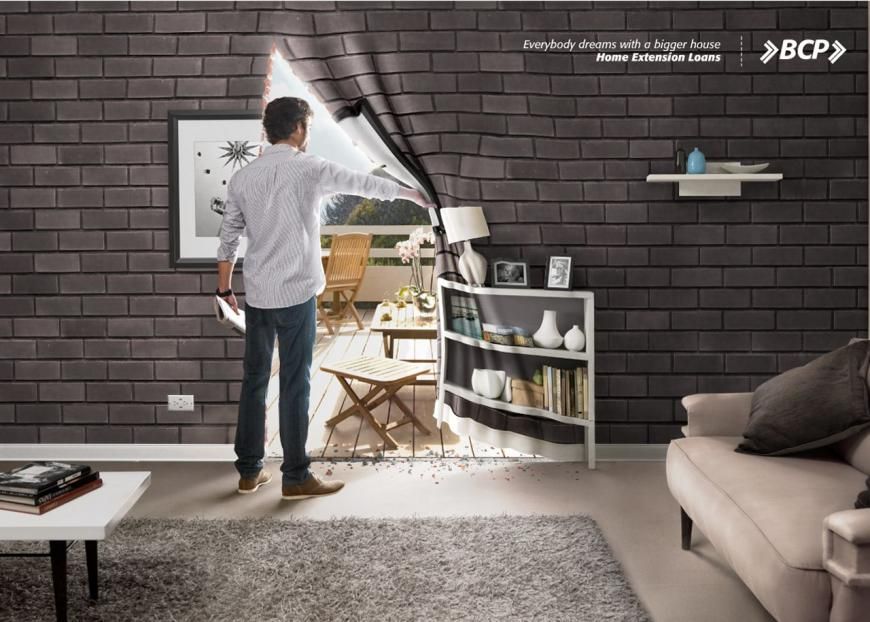
16. Create a quiet and contemplative seating corner
(Image credit: Future PLC/ Douglas Gibb)
The landing might not seem like the most obvious space to stop for a sit down, but this set up is a great way to dress the space so it feels more inclusive with the rest of the decor. This can also be a great hallway idea if your home's entrance is big enough.
A statement chair layered with decorative throws sat beside a small side table dressed with family photos and potted plants does the job. Even if you never sit here it styles an otherwise empty space and creates a homely feel.
A wall-hung mirror not only adds another decorative element – it also helps to reflect light back into the small space to make it feel bigger.
17. Use the space to store toys
(Image credit: Future PLC/ Jonathan Gooch)
Use the landing space off a child's bedroom to better effect as shown in the toy storage idea above. This frees up much-needed space in what is often a small box room. Opt for moveable storage solutions, from baskets to wooden crates on wheels, to transport the toys into the child's room when needed.
Opt for moveable storage solutions, from baskets to wooden crates on wheels, to transport the toys into the child's room when needed.
Storing the toys in this space not only helps free up storage space within the room for clothes storage and more, it helps to keep toys out of sight – handy at nap time, when less distraction is welcome.
This landing area is purely for storage. We wouldn't recommend encouraging play beside a staircase unless there's a secure stair gate in place.
18. Set up a small living room scene
(Image credit: Future PLC/ Paul Reaside)
Perfect for a cottage-style house, these owners went for full living room comfort with this landing idea. By adding some curtains, a bright rug and two tempting armchairs this otherwise ignored space is transformed into the ideal spot for a social gathering. The window with a garden view beyond helps to add to the ambience.
19. Give a console table pride of place
(Image credit: Future PLC/ Davide Lovatti)
When you are looking to make more of the space but want to avoid overwhelming it with big furniture pieces go for a console table. The intention of the design is that it fits in narrow spaces such as landings and hallways, with its half table dimensions.
The intention of the design is that it fits in narrow spaces such as landings and hallways, with its half table dimensions.
A slim console can be just enough to provide a surface on which to place a lamp for ambient lighting and photo frames to give the space a homely feel.
Choose a design with hidden drawers for secret extra storage to use as an overspill for surrounding rooms.
20. Enliven the space with plants
(Image credit: Future PLC/ Lizzie Orme)
Plants are always a good way to breathe new life into a landing idea. With the help of a few potted plants, this space has been transformed into a lush corner filled with nature.
Not only great for the interior, plants are a good way to purify the air too. Just be sure you choose the right house plant that can thrive in the living conditions – in a light deprived landing area look for plants that don't need a lot of natural light.
If placing plant pots along a staircase ledge, as this example shows, secure them in place to prevent any mishaps of falling plants as you descend the stairs.
21. Fashion a gallery feature wall
(Image credit: Future PLC)
Take some inspo from your favourite edgy gallery and turn your landing into a post-modern masterpiece. We love the combination of the uniformed prints with colourful cushions on small bench beneath. It may not be a place you'll want to sit down with a cup of tea, but it definitely makes a statement!
22. Go glam with a chandelier
(Image credit: Future PLC/ Rachael Smith)
Dress the landing and staircase with statement pieces to make it feel glam and not an afterthought. This grand glass chandelier exudes a glam vibe that is then echoed in the sophisticated grey colour palette, to ensure the landing feels well decorated to lead into the rooms beyond.
A smart radiator cover helps to enhance the look, ensuring the space feels well curated.
23. Add a skylight to maximise brightness
(Image credit: Future PLC/ Amanada Turner)
Let there be light! Natural light really is the best thing to decorate any living space, point architectural expert Charlie Luxton stresses in his advice for renovating a staircase . Skylight windows above the staircase transform an otherwise simple space into one worth shouting about.
Skylight windows above the staircase transform an otherwise simple space into one worth shouting about.
These owners wanted to draw attention to their landing without breaking the lovely neutral tones of the rest of the house. Keeping the decor stripped back and simple allows the extra sunlight to be the shining star of the space.
24. Fill a gap with purposeful storage
(Image credit: Future PLC/ Polly Eltes)
Rather than taking up valuable space in an alternative room use an awkward landing space to fulfil a much-needed storage purpose. If your stair return leaves a gap at the end, as this example above demonstrates, look to utilise the space for a sizeable chest of drawers to cater for multipurpose storage.
It can hold everything from extra bedding and blankets for the spare bedroom to out-of-season clothes you don't want taking up valuable wardrobe space in individual bedrooms.
To prevent the furniture piece from feeling too out of place style it with homely touches, such as a table lamp and mirror. Here a fresh flower arrangement adds the perfect finishing touch. You could also consider revamping unloved furniture – here's how to upcycle a chest of drawers using stencils and furniture paint for an on-trend design.
Here a fresh flower arrangement adds the perfect finishing touch. You could also consider revamping unloved furniture – here's how to upcycle a chest of drawers using stencils and furniture paint for an on-trend design.
25. Curate a display area
(Image credit: Future PLC/ David Mereweather)
Turn an unused landing area to house a display of curios and keepsakes for all to enjoy. A classic glass-fronted sideboard is perfect to achieve the look, ideal for storing everything from books to beachcomber finds.
A slimline cabinet will sit flush against the wall, providing valuable storage without taking up too much space. A piece of artwork hung above your chosen unit will help to balance the look, drawing the eye up to take some of the weight out of the furniture piece.
26. Establish a reading nook
(Image credit: Future PLC/ Bridget Pierson)
Make more of an unused space between rooms by carving out an alternative reading corner idea. Simple shelving provides a valuable place to create a library of books for the whole house to enjoy. Pop an understated seating solution beneath to complete this ingenious landing idea, for some quiet time away from the other rooms.
Simple shelving provides a valuable place to create a library of books for the whole house to enjoy. Pop an understated seating solution beneath to complete this ingenious landing idea, for some quiet time away from the other rooms.
27. Welcome a wardrobe
(Image credit: Future PLC/ Rachael Smith)
Clever storage solutions make the most of awkward or unused spaces. There are plenty of under stairs storage ideas that allow you to hide items away but you can also use a valuable landing space to accommodate a wardrobe for extra storage.
If the budget allows, have a bespoke, bulit-in solution to use the space most efficiently. But moving a bulky freestanding piece of furniture into the unused space is just as good as it frees up floorspace. In fact, it's the perfect idea if you've run out of storage space in a small bedroom.
The wardrobe in this communal space provides storage for out-of-season coats and accessories. Paint it the same shade to match the wall colour to avoid it standing out too much.
What should I put on my landing?
What goes on a landing very much depends on a number of factors. Firstly, how big is the space? Can you afford to move bulkier furniture pieces out onto the landing to free up bedroom floorspace?
If the answer is yes, it's ideal to use the space to lighten the load on the smallest rooms within the house. A chest of drawers on the landing is the perfect storage space for bathroom or bedroom essentials, such as towels and extra bedding.
'If the space is narrower, you might still be able to fit in some display shelving, or maybe some floor-standing pot plants,' says Ideal Home's Amy Cutmore. 'Do consider, though, the traffic coming through. So don't display precious ceramics or glass where there's a danger they'll get knocked as people rush by.'
What do you do with a landing space?
Use a landing space to supplement your bedroom storage needs. Alleviating rooms of bulky furniture pieces where you can goes a long way to improve the use of space. This valuable extra storage can be for any purpose you need, from trunks filled with extra bathroom towels to bookcases filled with archive collections.
This valuable extra storage can be for any purpose you need, from trunks filled with extra bathroom towels to bookcases filled with archive collections.
How do you make a landing with no windows feel brighter?
Suntile makes an inexpensive clear plastic tile that can replace an existing roof tile. It is suitable for all types of roof including slate, clay and concrete, and allows light directly into the house. Suntiles can provide up to 1,000 watts of light and work effectively in period and listed homes as well as modern properties.
The basic Suntile Kit costs £132 plus VAT, but if your landing is not directly under the eaves of the roof you may need an extension kit. This is a DIY product so there should be no installation costs.
Alternatively, Monodraught makes the Sunpipe , a tube with an internal mirror finish that reflects natural daylight and pipes it to a room where light is diffused by a ceiling fixture. A small diamond dome replaces a tile or slate on the roof.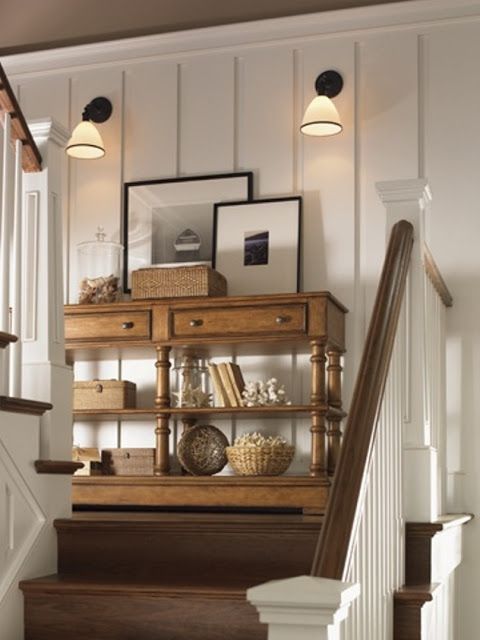 The dome can normally be installed in a couple of hours.
The dome can normally be installed in a couple of hours.
How do you decorate the wall at the top of the stairs?
To give your landing a greater sense of purpose you can create a feature wall at the top of the stairs so it stands out. Decide on a feature wallpaper to inject colour and pattern to the otherwise plain space. Use a gallery wall to hang family photos to add a touch of personality to the space.
A full-length mirror is always a winning idea for the wall at the top of the stairs – not only helping to flood the often dark space with light, but providing the perfect spot to check an outfit choice as you prepare to leave the house.
Landing ideas – design inspiration for staircase landings |
(Image credit: Future)
It can be all too easy to leave landing ideas out of interior design plans for a home. A landing at the top of the staircase can end up empty with the focus put only on the bedrooms beyond, and those landings found part way up the staircase can be felt to be too small to consider.
Yet landings offer plenty of potential for hallway ideas and decor that makes them stylish and individual rather than bland areas you merely pass through. They can be elegant, individual, and even useful, too.
Here, we bring you stair landing ideas and expert advice to inspire whatever the proportions of yours.
Landing ideas
The walls and floor offer the opportunity to transform a landing into a space with presence, while the right furniture can turn it into a peaceful spot for reading or relaxing. These stair landing ideas are a great place to start your remodel.
1. Introduce seating to your landing ideas list
(Image credit: Kara Adam Interiors Photograph: Michael Hunter)
Selecting seating for a landing transforms it into more than merely a circulation space.
‘When addressing landing ideas, I always try to add seating. It draws attention to that space and creates a moment,’ says Kara Adam of Kara Adam Interiors .
For a narrow landing like this one, a single shapely side chair in dark wood stands out against the light colored wall at its end.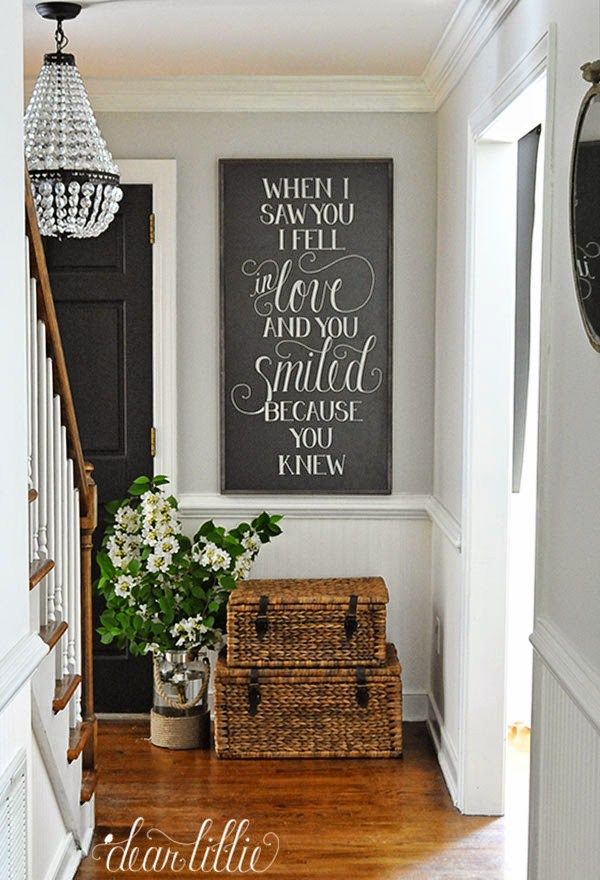
2. Make the landing a book nook
(Image credit: Unique Homestays)
Bibliophiles adore landing ideas that make space for more of their volumes, and this design accommodates books from floor to ceiling on built-in shelving. Grouping them in color blocks makes the collection decoratively appealing, too, with the darker shades anchoring at the base of the shelving and the hues growing lighter towards the top.
A desk and chair with a natural motif complete the pretty reading spot.
3. Be aware of scale
(Image credit: Studio Ten 25 Photograph: Emily Hart)
An awareness of proportions is key to successful landing decorating ideas. ‘Since stair landings come in all sizes, it is important to visually fill the space without it looking cluttered or misusing pieces that are the incorrect scale,’ says Abbe Fenimore, founder and principal designer of Studio Ten 25 .
‘Adding a single bench or two smaller ottomans on a stair landing is a great way to bring in a fun pattern and bit of color without overwhelming the small space. ’
’
Plus these can be chosen to layer extra color and texture into your staircase ideas.
4. Let the architecture shine
(Image credit: Jonathan Bond/ Future)
For a landing the enjoys impressive architectural features as this one does, follow the example of keeping the focus on them by selecting understated landing decor.
Here, a pair of wood chairs reflect the shape of the staircase railing ideas and continue the shades of wood beams and the floor, while the walls are kept as a quiet backdrop in white. Even the picture frames and the images inside are tonal to add interest without competing with the home’s impressive structure.
5. Enjoy softness underfoot
(Image credit: Alternative Flooring)
Staircase runner ideas can make a narrow landing a more luxurious part of the home.
'Runners add style to landings while giving comfort to harder floors and cushion the noise of footfall,’ says Lorna Haigh, creative director of Alternative Flooring .
‘Natural fibers such as jute and sisal are hardwearing and jute in particular is surprisingly soft underfoot. Each has unrivalled texture and enlivens an in-between space like a landing.’
6. Create light and views
(Image credit: Ulster)
If you’re looking for landing ideas for a modern home, consider opting for clear glass balustrades that can allow spectacular views down through your space and make the landing a lighter and brighter area, too. You can choose from balustrades made with structural glass, which is load bearing, and those made with balusters plus a glass infill as part of your landing design.
In this home, the landing views are all round with floor-to-ceiling glazing to the exterior giving it a wonderful outlook.
7. Bring pattern to the floor
(Image credit: Roger Oates)
Don‘t neglect the decorative possibilities offered by staircase carpet ideas on a landing. The right flooring can elevate a space even if there’s little room for furniture.
‘We often say stairs can be overlooked, and landings are too,’ says Andy Guard, creative director of Roger Oates Design . ‘But there are many options to turn a landing into a space of its own. Beyond matching a landing area to stairs, you can use a co-ordinating pattern, or be bolder by mixing contrasting colors or even designs.’
For this stairway the latter option has been taken and striped flatweave design Vernon has been joined by hand to create a wall-to-wall floor covering for the landing, complementing a Pelham stair runner.
8. Choose novel wall decor
(Image credit: Future/Robert Sanderson)
Consider choosing wall decor that’s out of the ordinary if you’re looking for landing ideas to give the space personality.
Designer Kate Forman found a decorative costume to display on the landing of this country home and combined it with a selection of other patterns on the bench seat and pillow, the lampshade, and the rug.
Together, these elements make a colorful and lively impression that echoes the vibrancy of the rest of the home.
9. Exploit a recess
(Image credit: Katie Davis Design Photograph: Melissa Fitzgerald West)
A curved stair can create a nook that will benefit from decorative attention in just the same way as a landing.
‘Though not technically a stair landing, we always try to fill the cavity created by the staircase spiral,’ says Katie Davis of Katie Davis Design . ‘In this spot, we chose an antique Dutch table to add character and interest. It is near the front door, so a catch-all dish for keys and photos of family is nice as visitors enter the home.’
10. Make the landing a calm space
(Image credit: Future)
Looking for landing ideas that will create calm in a busy family home? Channel the power of gray to create a relaxing pause between the more hectic areas of the home. Layer shades of gray for flooring and walls, and combine with white millwork for crisp contrast and to brighten a windowless landing.
Here the natural texture of the basket along with botanical artwork add to the calm ambience.
How can I decorate my landing?
To decorate a landing, consider the floor first. Rather than plain carpet a patterned or textured version can bring interest to it. Alternatively, a runner can dress up a narrow landing while an area rug can be layered on to hard wood flooring.
For the walls, consider gallery wall ideas – a collection of artworks or photographs, a single large image to draw the eye, or use wall-hung sculpture or wall hangings.
For larger spaces, adding a console table creates a place for decorative accessories.
What can you do with a landing space?
All but the smallest landings can be useful as well as beautiful. Consider setting up a reading nook with built-in bookshelves and an armchair, or by building in a bench. Site it under a landing window and it’s the perfect place to relax and enjoy the view. Generous landing? Fit seating to turn it into an extra den.
A landing could alternatively be the most useful of small home office ideas, accommodating a desk and chair and separating the working area from the parts of the home where you spend downtime.
A landing can also create additional storage space. Use a stylish armoire as a home for the bedroom’s linens, or any other closet overspill – with the contents concealed they won’t disrupt the lines of the space.
Sarah is a freelance journalist and editor. Previously executive editor of Ideal Home, she’s specialized in interiors, property and gardens for over 20 years, and covers interior design, house design, gardens, and cleaning and organizing a home for H&G. She’s written for websites, including Houzz, Channel 4’s flagship website, 4Homes, and Future’s T3; national newspapers, including The Guardian; and magazines including Future’s Country Homes & Interiors, Homebuilding & Renovating, Period Living, and Style at Home, as well as House Beautiful, Good Homes, Grand Designs, Homes & Antiques, LandLove and The English Home among others. It’s no big surprise that she likes to put what she writes about into practice, and is a serial house renovator.
Planting - Abies-Landshaft
|
"Planting ornamental trees and shrubs""Planting ornamental trees and shrubs" High-quality and competent planting is one of the important stages in creating a future garden or park, decorating a city square or street. If you decide to entrust the planting of plants to specialists, you can contact our Garden Center. We provide such a service. But perhaps you want to make a garden with your own hands? We will help you competently approach the solution of this interesting and fascinating task. Here are some important planting tips.
|
planting and further care in the open field. The best varieties.
Ornamental skumpia shrub - deciduous, belongs to the Anacardiaceae family. This plant can become an ornament of any flowering garden.
Long (up to 9 cm long) toothed leaves during the summer season several times change their color from purple or green, golden yellow to bright red.
The most important decoration of skumpia is its numerous bright paniculate inflorescences, consisting of long, not very large flowers that have different colors (depending on the variety): pink, red, lilac, purple or golden-orange.
The huge caps of these inflorescences can be up to 45-50 cm long. Even with a light breeze, they begin to sway, resembling whipped wigs from a distance. That is why the skumpia was also called the "wig tree".
The motherland of the skumpia is South America. About ten species of this plant grow there. But in the climatic conditions of our country, only one can be grown - leather mackerel (or common mackerel) . We will talk about it in this article.
We will tell you in detail how the planting of leather tannery and its further care are carried out, which will not cause you much trouble. This species has increased frost resistance (up to -35 degrees), so it can be grown in most of the territory of our country.
SCUMPIA - PLANTING AND CARE IN OPEN GROUND. VARIETY WITH PHOTO
As we have already said, growing skumpia is not at all difficult. This plant does not require such careful care. With proper planting and observing simple agricultural practices, skumpia will delight you with its bright beauty from early summer to late autumn.
LANDING SKUMPI IN OPEN GROUND
Planting time . Sumpia seedlings quickly take root in a new place, so they can be planted with equal success in spring and autumn.
The best time for planting skumpii: in spring - from late April to mid-May. In autumn - from the end of August to the end of September.
Seat selection . Since skumpia is a southern plant, it needs constant sunlight throughout the daylight hours. Plant it in an elevated, open area well lit by the sun, or on a south or southwest slope (if your site has such a slope).
Sumpia will grow very poorly in the shade and may even die from lack of sunlight. It will not grow very well even in scattered penumbra.
Mackerel does not tolerate areas with close groundwater (they should be located at a depth of at least 2 m from the ground). Plant skumpia in lowlands on artificial mounds 60-70 cm high and 80-90 cm in diameter.
Soils . Skumpia loves fertile, organic-rich, light and loose soils with a neutral or slightly alkaline environment (pH 7.0 - 7.5).
Skumpia loves fertile, organic-rich, light and loose soils with a neutral or slightly alkaline environment (pH 7.0 - 7.5).
Sumpia will not grow on heavy clay and acid soils. She will most likely die there.
Heavy soils need to be structured by adding 2 buckets of sand and compost per 1 sq. m. for digging. m of land intended for planting ornamental plants.
Acid soils must first be neutralized with dolomite flour, introducing it for digging at the rate of 2 kg per 5 square meters. m garden area.
In any case, when planting skumpia, we recommend that you replace all the “native” soil taken out of the planting pits with an artificially prepared soil mixture composed of: the top fertile layer, compost (or rotted manure), leaf soil and sand in a ratio of 1: 2:2:1.
Landing rules. Step by step instructions . Over the years, skumpia bushes grow strongly, so they need to be planted at a distance of 2.5 - 3 m from each other and from other plants or buildings.
Step one . Dig planting holes with a depth and diameter of 60 - 65 cm, since the root system of the skumpia is deep and highly branched. You will need a fertile layer to prepare the planting mixture, the composition of which we have given above.
Second step . At the bottom of the planting pits, lay drainage from broken bricks and rubble, preferably limestone, which today is brought to many regions of Russia from the south of the country. You can add crushed chalk to the drainage.
Third step . Drive a planting stake 1.6 - 1.8 m long into the middle of the planting hole, to which, after planting, you will tie the seedling so that it does not break under the weight of snow or from strong winds.
Fourth step . Fill the planting holes 1/3 full with your potting mix. In each hole, add 2 tbsp. spoons of potassium sulfate and superphosphate and a liter jar of wood ash.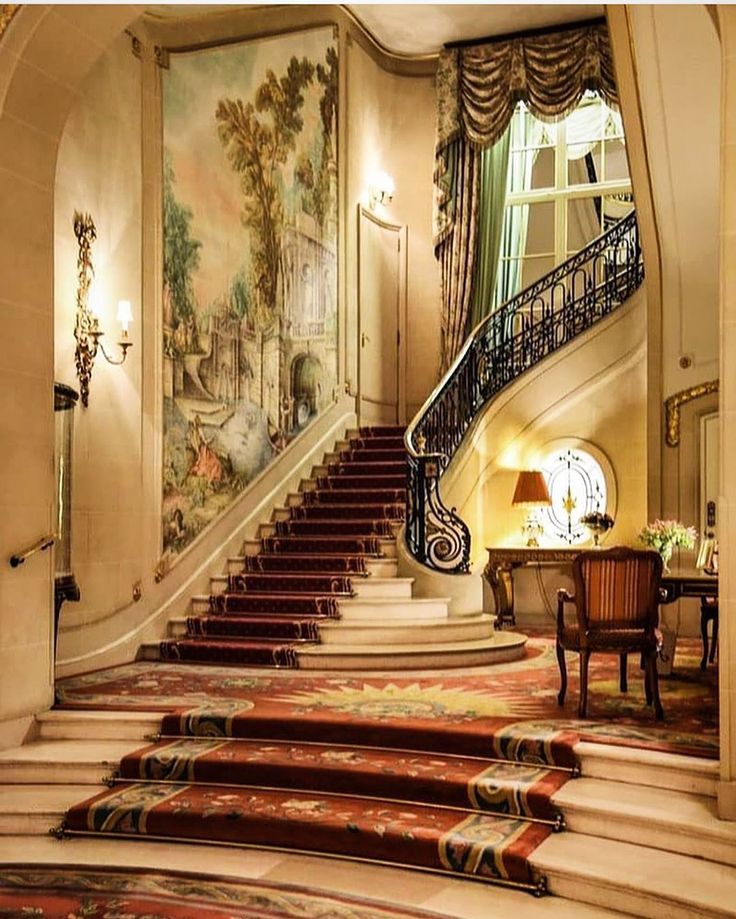 Mix well with soil mixture.
Mix well with soil mixture.
Step Five . Place the skumpia seedling on the ground and carefully begin to cover its roots with the same soil mixture. Constantly compact the soil around the roots of the seedling with your hands so as not to leave voids between them.
This operation is best done by two people: one holds the seedling, the other spreads the soil and compacts the soil.
After planting, the root collar of the seedling should be at the level of the soil surface.
Skumpia seedlings are better to buy with a closed root system (ZKS), which we offer you.
When planting, they simply need to be taken out of the pot along with a clod of earth and placed in the planting hole. At the same time, their root system is not damaged, and rooting will take place quickly and painlessly for the plant.
Sixth step . Tie the seedling to the planting stake with a soft rope, winding it between the stake and the trunk of a free "eight". Do not tighten the rope, otherwise you can damage the tender bark of a young tree.
Do not tighten the rope, otherwise you can damage the tender bark of a young tree.
Step seven . Water all the seedlings well with clean water (2 watering cans for each).
Step eight . Mulch the trunk circles with hay, straw or peat chips in a layer of 5 - 6 cm. The mulching layer will help retain moisture in the soil and will prevent the growth of weeds.
CARE OF SCUMPIA
When caring for Sumpia, remember that its leaves contain substances that can cause redness and allergies to the skin. Therefore, it is better not to cut them off. This is especially true for children!
Watering. Mackerel is a drought-resistant plant. Adult bushes should be watered abundantly twice a month. But young plants in the first two years need watering once a week, 3 watering cans for each bush.
In the first month after planting skumpia seedlings, water them every other day. Then rooting will go much faster.
Top dressing . Skumpia has a very deep and highly branched root system. Due to this, it can receive nutrition from the lower layers of the soil. Therefore, the plant does not require numerous top dressing.
In the first year after planting, you don't need to fertilize it at all, as you have brought all the necessary nutrition for it into the planting hole.
In the future, make scumpi three top dressings per season.
First - with a solution of urea (2 tablespoons per 10 liters of water under one bush) - give the plant as soon as the snow melts and the ground thaws.
Feed the skumpia a second time in June, when they are in bloom. It will be very good to add a bucket of liquid mullein at a concentration of 1:10 with water under each bush. You can add rotted manure or compost for hilling.
Fertilize the skumpia for the third time in autumn, at the end of September. The best fertilizer for her will be some kind of ready-made mineral complex for autumn feeding of ornamental crops. It contains phosphorus, potassium and a number of trace elements necessary for the plant.
It contains phosphorus, potassium and a number of trace elements necessary for the plant.
If the soils in your area are acidic, apply dolomite flour under the bushes in spring and autumn (1 cup per 1 sq. m of the trunk circle). After application, bury the fertilizer well into the soil by loosening.
Cut . Skumpiya perfectly forms its crown itself. But she does not tolerate pruning well. If the bush has enough surrounding space for the growth of shoots in different directions, then you will not have to deal with its formation in detail.
However, shoots can grow out of the general contour of the bush. And it might look messy. Therefore, limit yourself to only a slight shortening of each.
And, of course, scumpias need sanitary pruning, which we recommend you do in the spring. Then remove all old, frozen, weak and thickening plant shoots.
Initially, you can form a skumpia tree or bush.
Wood molding . In the third year, in early spring, choose one of the strongest shoots and leave it, and remove all the rest, cutting them off near the ground.
In the third year, in early spring, choose one of the strongest shoots and leave it, and remove all the rest, cutting them off near the ground.
Then prune the side shoots annually to form a beautiful crown shape.
Bush shaping . If you want to grow skumpia in the form of a bush, leave 5 - 6 strong shoots growing in different directions. In the spring, shorten them by making cuts 2 to 3 cm above the outer kidney. Young sprouts will come from them.
In the future, shorten only those shoots that go beyond the general contour of the bush.
Winterization . Skumpia necessarily requires winter shelter. Cover the near-stem circles so that the roots do not freeze in winter.
It is best to use dry leaves from deciduous trees (rather than fruit trees from the garden, where overwintering pests and pathogens can accumulate) for shelter.
Cover tree trunks with dry foliage in a layer of 50-60 cm. This will be enough for the bushes to winter well.
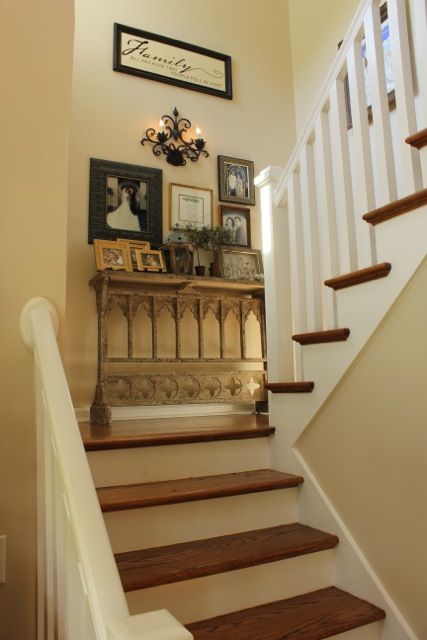
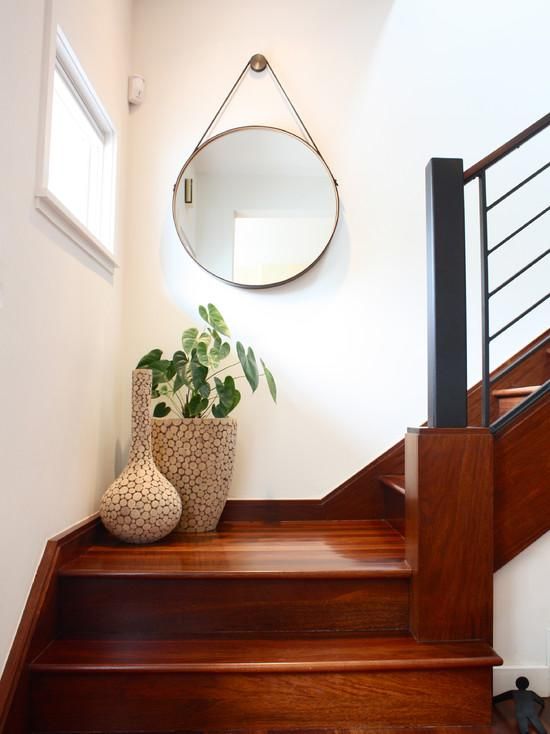 At what distance from each other to plant them, is it possible to cut, how durable they are. Such information is on labels, in catalogs, or find out in advance from a sales assistant.
At what distance from each other to plant them, is it possible to cut, how durable they are. Such information is on labels, in catalogs, or find out in advance from a sales assistant. 
